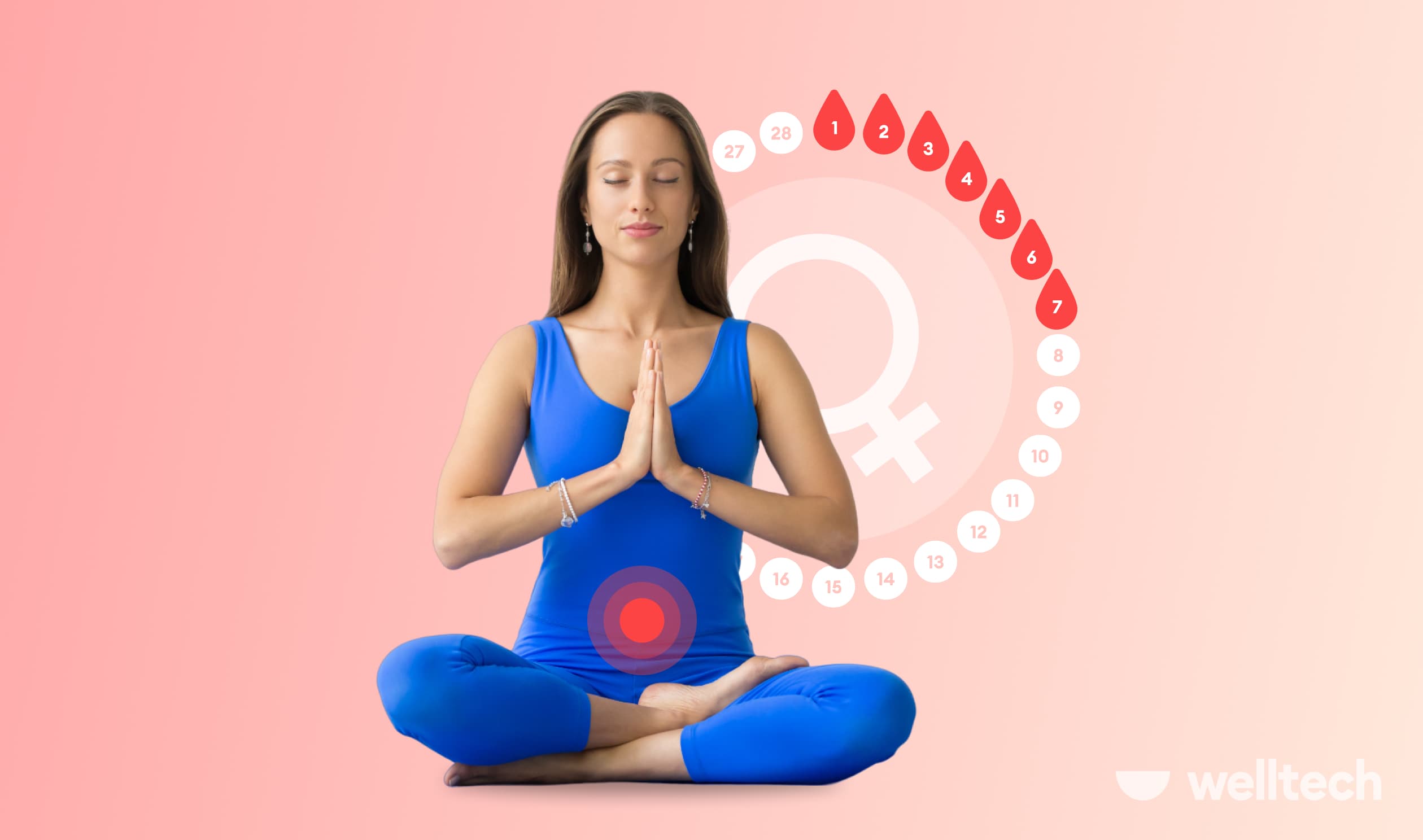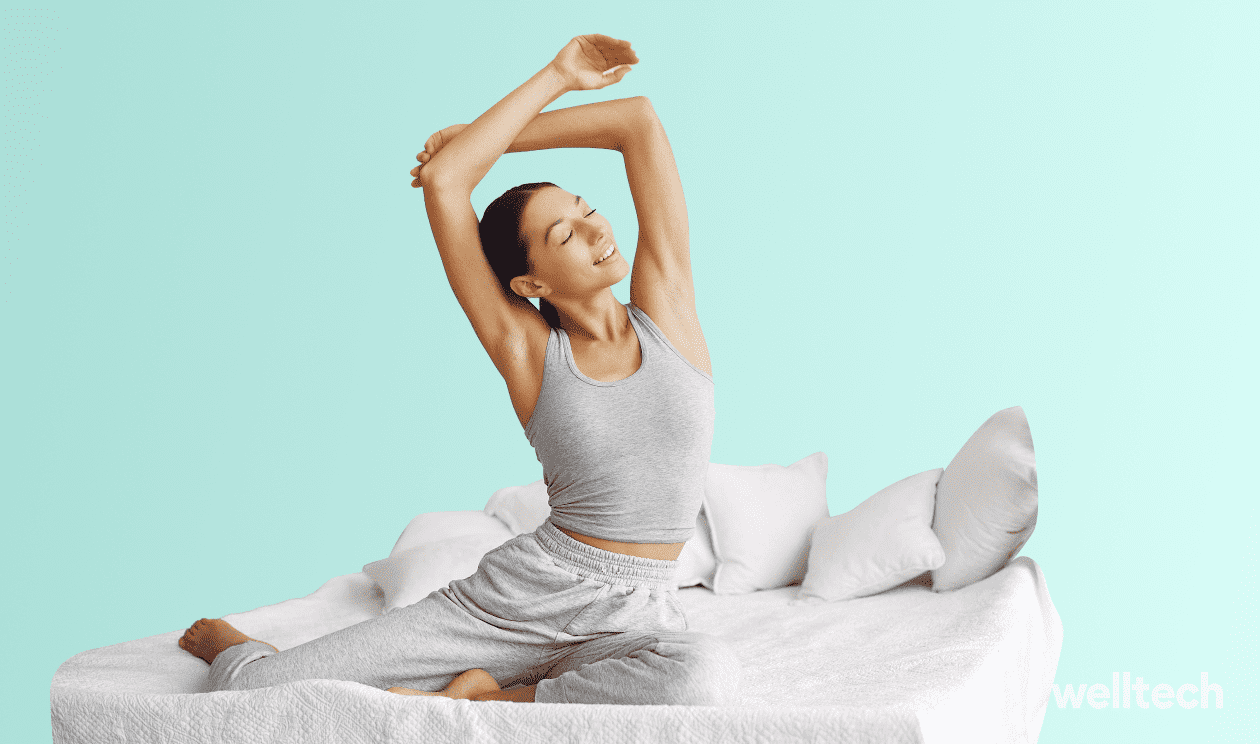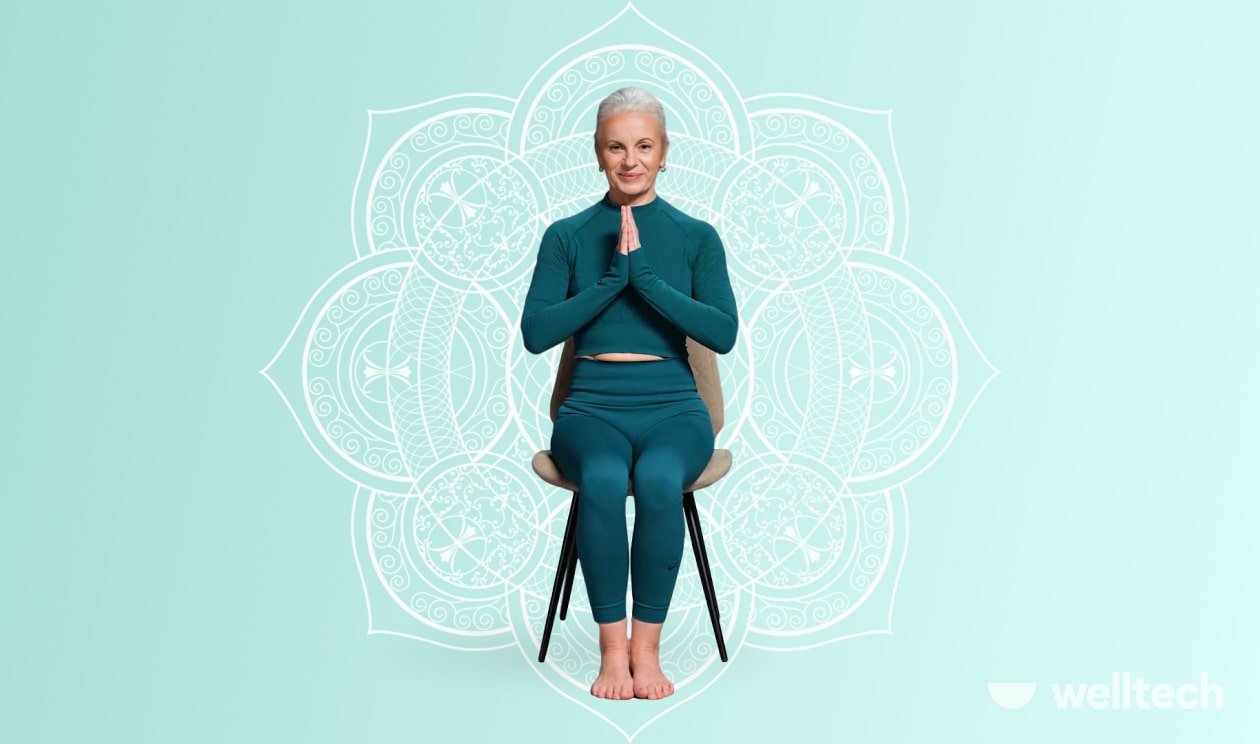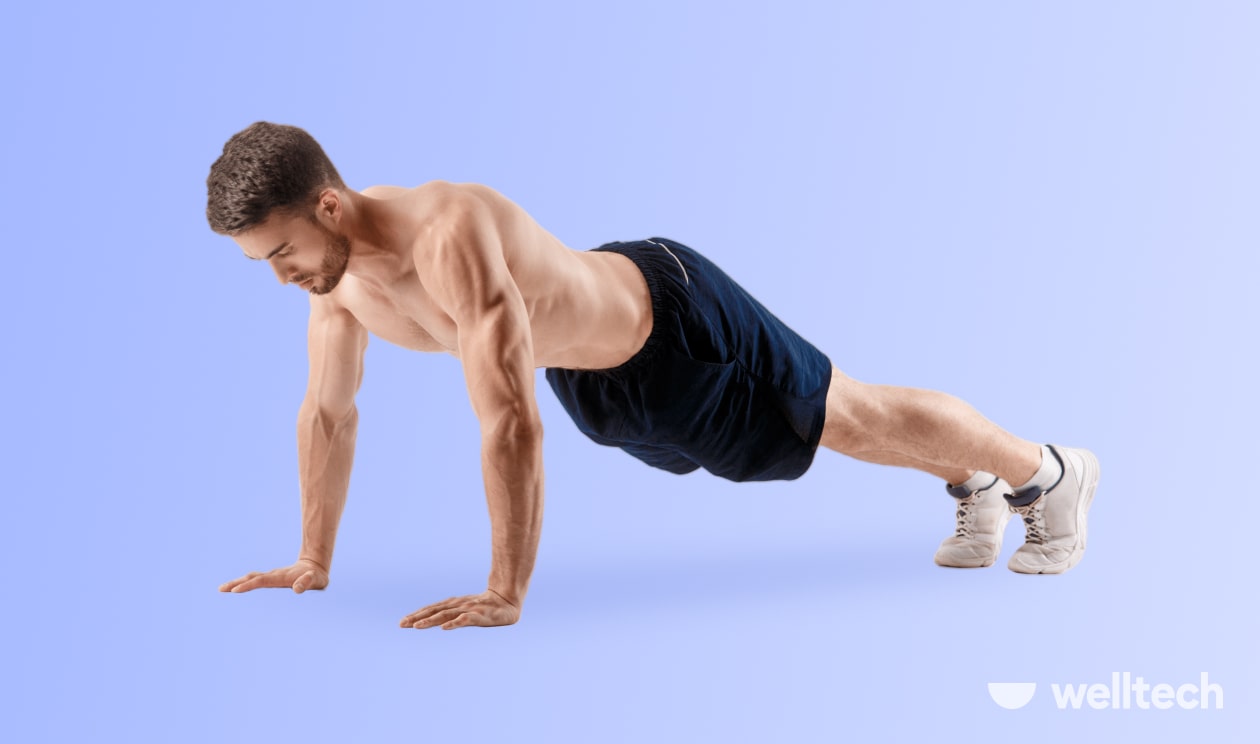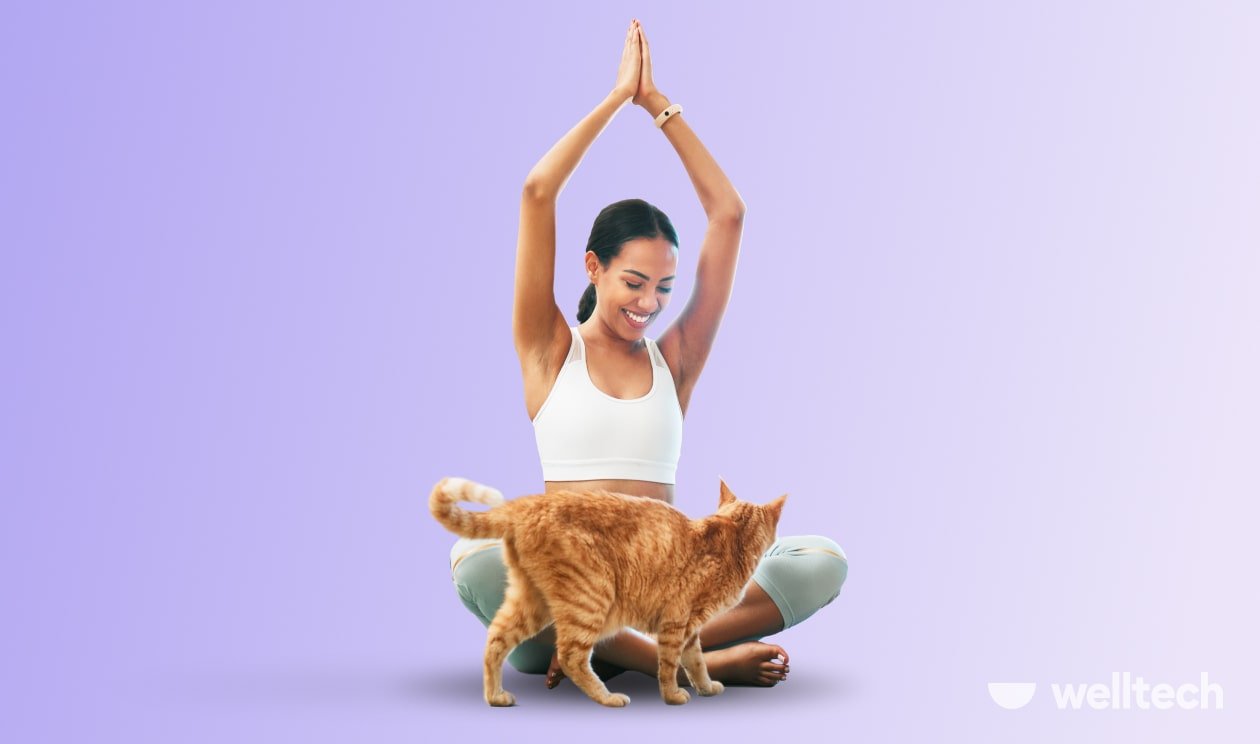How to Choose The Best Time to Do Yoga
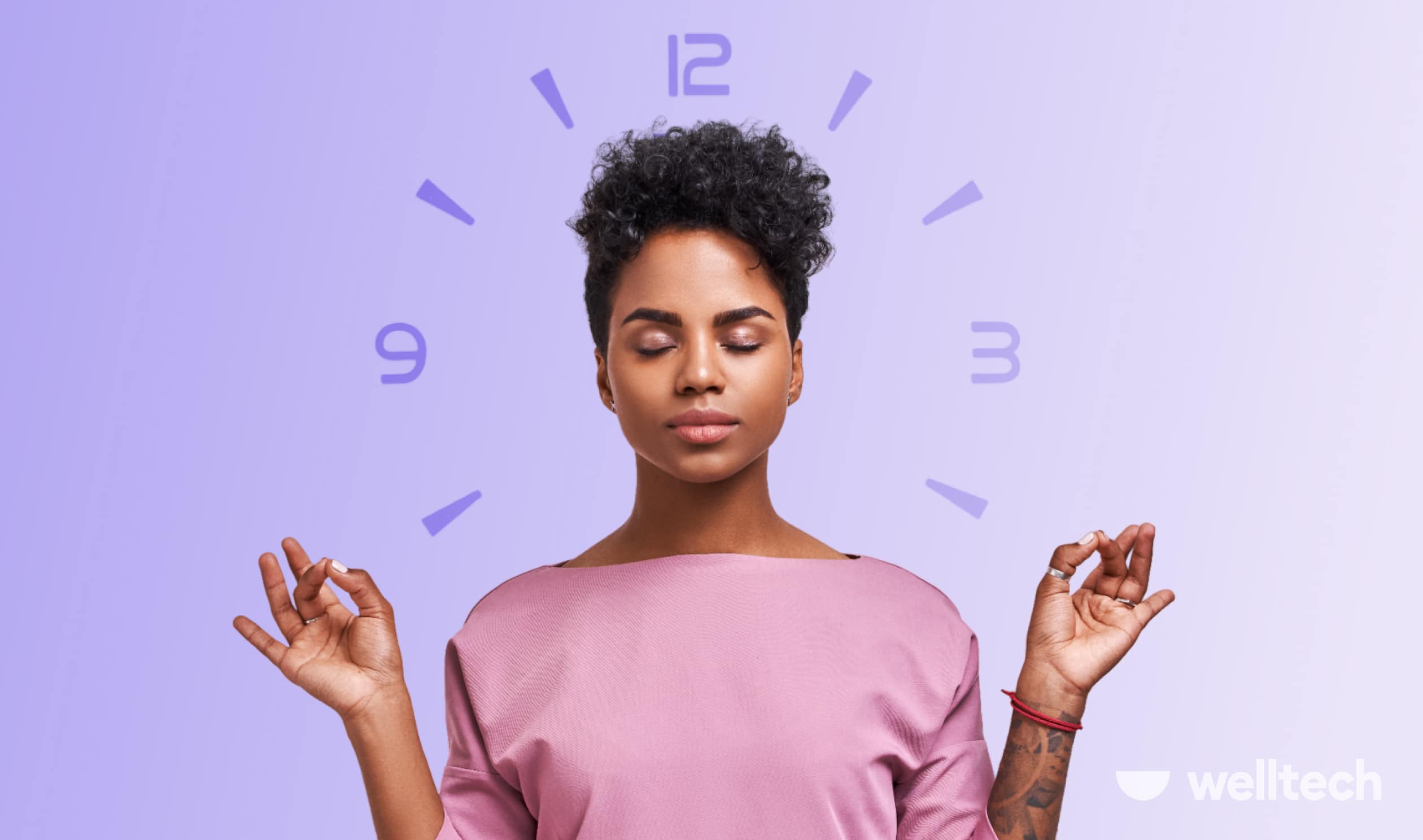
Table of Contents
- When Is The Best Time To Do Yoga?
- Choose Your Best Time of Day to Do Yoga
- Best Times to Do Yoga: FAQ
- Bottom Line
Expert opinions vary about the best time to do yoga, yet there is a simple way to determine when it’s right for you based on your goals, preferences, and schedule.
When Is The Best Time To Do Yoga?
Although many traditional yogis choose the morning to get on their mats, you can find a variety of benefits in the afternoon and evening, too.
The best time of day to do yoga depends on multiple factors, including the style you want to practice, how you feel throughout the day, when you’re the most energized, what your personal preferences are, and what you want to get out of the practice.
There isn’t a single answer to the question, “When is the best time to do yoga?” Read on to discover how to find yours.
Choose Your Best Time of Day to Do Yoga
Morning Yoga
Mornings are the perfect time to set the tone for your day, so why not start with an energizing vinyasa like Sun Salutations?
Vinyasa yoga is a dynamic practice that links one pose to the next, connecting each movement with the breath. It promotes a flow state that allows the student to become fully absorbed in the practice and in the moment. [1]
When done in the morning, especially on an empty stomach, vinyasa yoga can promote fat burning and aid in weight loss. It also boosts whole-body balance, strengthens muscles, and helps you wake up.
You can also start your practice the moment you wake up with soothing yoga poses in bed: a fantastic way to get your energy going and instantly boost your mood.
Afternoon Yoga
Given that we feel the most alert in the afternoon, this time of day is ideal for high-intensity practice, where we may get closer to our physical edges.
Afternoon yoga is highly beneficial for improving your flexibility or even warming up for other types of exercise, such as weight training and cardiovascular activities.
For your afternoon practice, consider adding in some physically challenging poses, such as:
- Plank Pose
- Four-Limbed Staff Pose
- Chair Pose
- High Lunge
- Boat Pose
If you’re prone to midday fatigue, an intense yoga session can boost your energy levels and keep you stimulated for the rest of the day. Consider practicing a fast-paced vinyasa sequence or a few rounds of Ashtanga.
For more steadiness, confidence, and grounding, consider these standing yoga poses for all levels.
Evening Yoga
Evening yoga is the ideal time to melt away any stress that might have built up during the day. Choose a nighttime practice to relieve tension, center yourself, and practice deep breathing techniques.
Check out our blog on how to decompress your spine, a great practice to help end your day, with tips to relieve nagging aches, strengthen back muscles, and promote mobility.
Some effective movements and stretches for a relaxing evening yoga session include:
- Cat-Cow flow
- Puppy Dog Pose
- Child’s Pose
- Thread the Needle Pose
Yoga Before Bed
Enjoy some relaxing yoga stretches before bed to feel more at ease and fall asleep quicker. Practice holding each posture for up to a minute until you feel mild tension, and breathe deeply within each stretch.
Your bedtime yoga can be a slow-motion, moving meditation that gently stretches the body and softens the mind into the relaxed state that you need before sleep.
Calming yoga poses to consider before bed include Child’s Pose, Happy Baby Pose, and Legs Up the Wall Pose. Check out our article for a list of relaxing yoga poses to enjoy before bed.
Best Times to Do Yoga: FAQ
Is It Better To Do Yoga In The Morning Or At Night?
Scheduling a practice depends on your own personal preferences. Pick a time of day when you can commit to your practice and show up consistently. You may want to explore different times of day, and you might be surprised that there is more than one time that you prefer.
Morning yoga can invigorate you, help you wake up, and set the tone for the day. It’s a great option if you struggle to get going and be productive.
Evening yoga can be fantastic for relieving stress and unwinding. It can help you calm down and get ready for sleep.
What Is The Best Time To Do Yoga For Weight Loss?
There isn’t a specific best time to do yoga for weight loss, as slimming down requires being in a calorie deficit first of all. The best time is the one to which you can make a commitment.
If weight loss is your goal, consider adding more physical activity to both put yourself in a deficit and support your muscles.
How Many Days A Week Should You Do Yoga?
Assess your own body, lifestyle, and goals in order to determine how often to get on your mat. Some people practice yoga daily as a way to invigorate themselves, others find relaxation as the most important, and still others use their yoga as a personal retreat from the stressors of life.
Sessions can be a few minutes or up to two hours. However, longer, more demanding practices often result in muscle soreness or strain that negatively affects performance.
If your goal with yoga is to sculpt your body, lose weight, and get stronger, consider four weekly sessions, with a day of recovery, or restorative yoga, in between each. Those looking for relaxation and ease may opt to find everyday gentle practices. Customize your yoga schedule so it suits your life.
Explore how often you should do yoga, depending on your goal in our article.
Bottom Line
Incorporating yoga into your day is one of the best ways to melt stress, reap various health benefits, and boost your fitness. Here are some key takeaways:
- The best time to do yoga is the one that you can stick with in the long run.
- When choosing the best time to practice, consider when you feel the most motivated to ensure consistency. Morning yoga is excellent for starting the day on a productive note.
- An afternoon practice can be more intense with the goal of building strength and balance.
- Evening yoga is great for melting stress and boosting your mobility to ease your aches and pains.
- Pre-bed yoga should be relaxing to help you feel at ease and better able to fall asleep.


